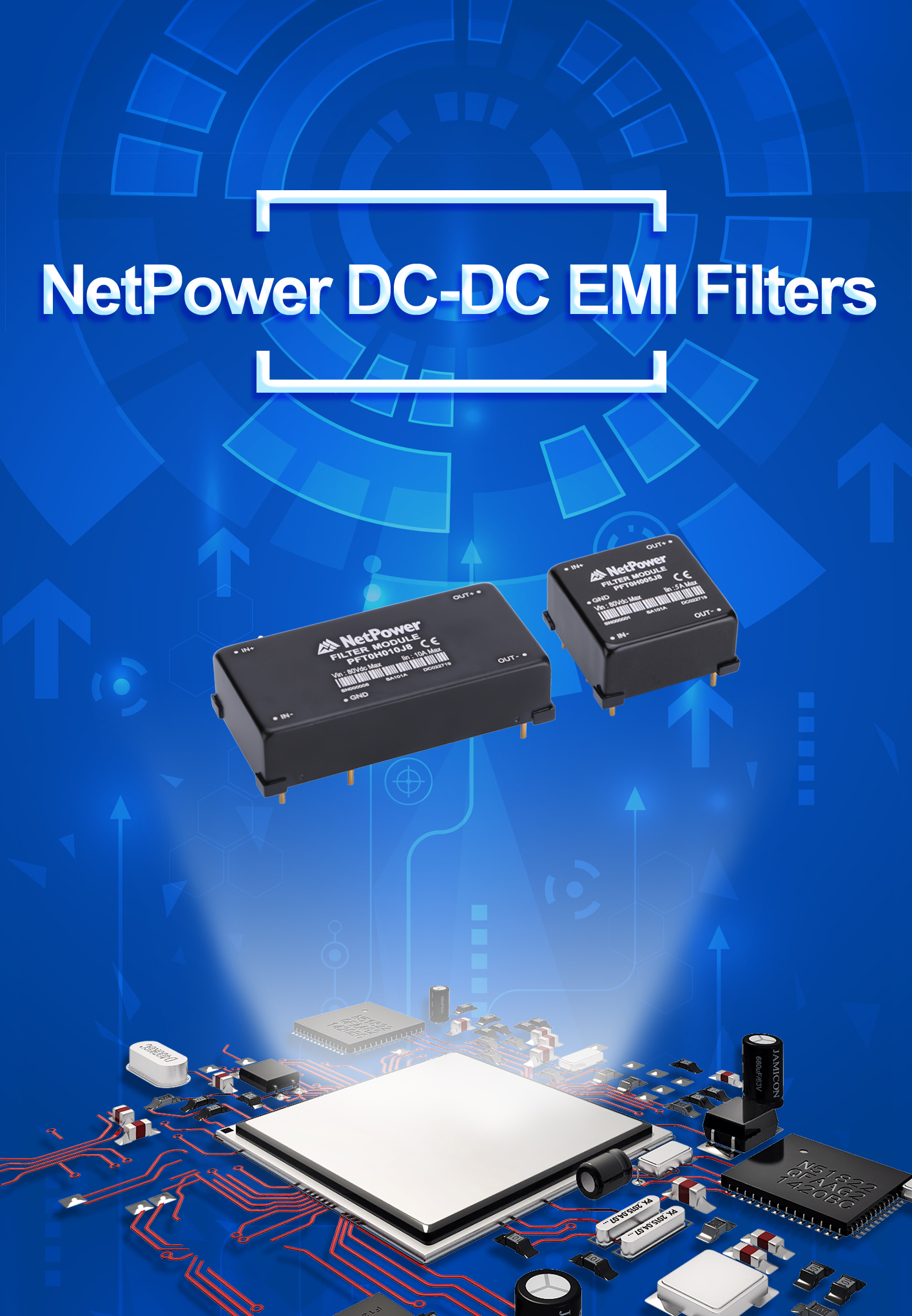An introduction to LLC resonant
Date:2019-04-21 16:14:18 Posted by:louis.xi View:1146
Resonant conversion is a topic that is at least thirty years old and where much effort has
been spent in research in universities and industry because of its attractive features: smooth
waveforms, high efficiency and high power density. Yet the use of this technique in off-line
powered equipment has been confined for a long time to niche applications: high-voltage
power supplies or audio systems, to name a few. Quite recently, emerging applications such
as flat panel TVs on one hand, and the introduction of new regulations, both voluntary and
mandatory, concerning an efficient use of energy on the other hand, are pushing power
designers to find more and more efficient AC-DC conversion systems. This has revamped
and broadened the interest in resonant conversion. Generally speaking, resonant
converters are switching converters that include a tank circuit actively participating in
determining input-to-output power flow. The family of resonant converters is extremely vast
and it is not an easy task to provide a comprehensive picture. To help find one's way, it is
possible to refer to a property shared by most, if not all, of the members of the family. They
are based on a "resonant inverter", i.e. a system that converts a DC voltage into a sinusoidal
voltage (more generally, into a low harmonic content ac voltage), and provides ac power to a
load. To do so, a switch network typically produces a square-wave voltage that is applied to
a resonant tank tuned to the fundamental component of the square wave. In this way, the
tank will respond primarily to this component and negligibly to the higher order harmonics,
so that its voltage and/or current, as well as those of the load, will be essentially sinusoidal
or piecewise sinusoidal. resonant DC-DC converter able to provide
DC power to a load can be obtained by rectifying and filtering the ac output of a resonant
inverter.
An introduction to LLC resonant
BACKLogin
Enter your email address and password




